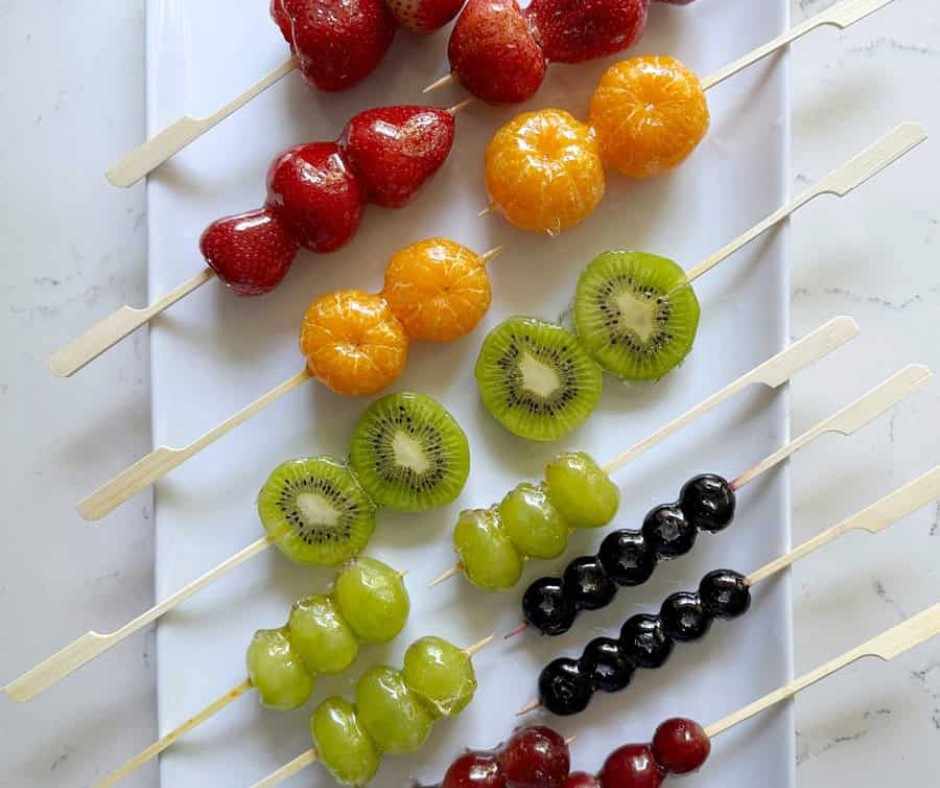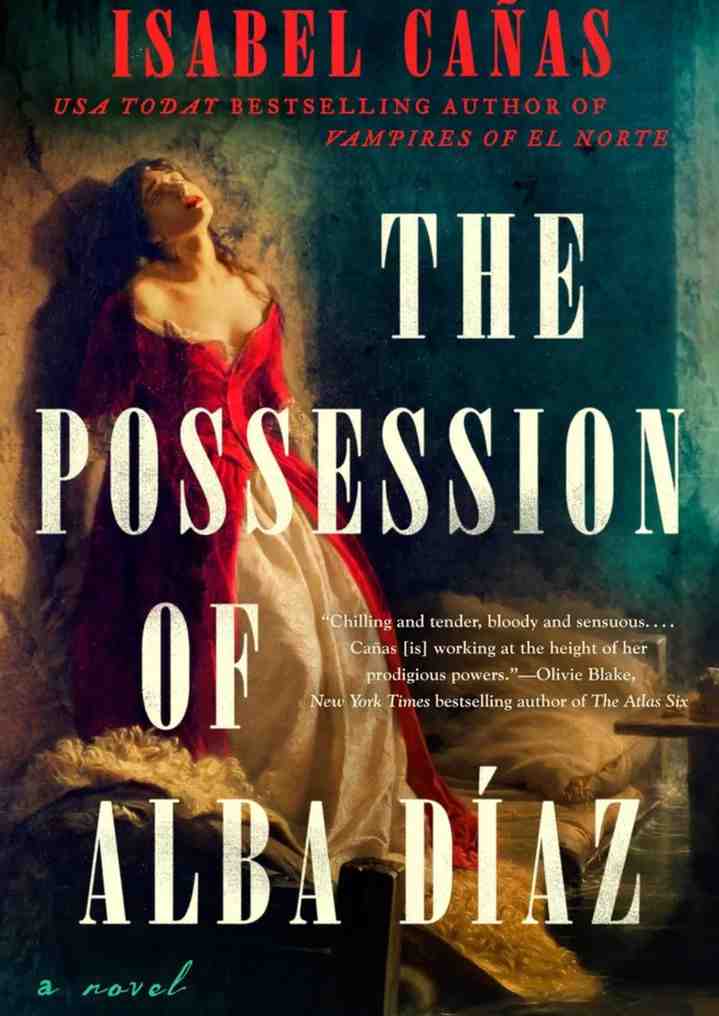
Tanghulu, the glossy fruit-on-a-stick candy from ancient China, has swiftly crossed borders to become a global visual delight and viral sensation. Known for its glassy sugar shell and satisfying crunch, this traditional treat is now stirring conversations beyond taste—touching on health risks, DIY dangers, and cultural dilution. Praised for its aesthetic charm and nostalgic roots, yet questioned for its sugary makeup, Tanghulu stands at the crossroads of tradition and trend. As social media fuels its rise, the world watches a humble street snack sparkle under a modern, controversial spotlight.
Table of Contents
ToggleFrom Imperial Temples to TikTok: The Dazzling Journey of Tanghulu
Glistening like miniature jewels under sugar armor, Tanghulu is the kind of food that stops people in their scrolling tracks. A traditional Northern Chinese snack, Tanghulu has made a meteoric rise from humble Beijing street stalls to the hearts (and hashtags) of food lovers worldwide.
But beneath the glossy sugar glaze lies a layered story—of ancient healing, culinary nostalgia, viral fame, and critical reflection.
“Tanghulu is not just a treat; it’s an edible artifact,” remarks Yuan Li, professor of food heritage at Peking University. “Its survival across centuries reflects China’s unique relationship with food, symbolism, and seasonal rituals.”
🏮 What Exactly is Tanghulu?
Traditionally made using shan zha (hawthorn berries), Tanghulu consists of skewered fruits dipped in molten sugar syrup which cools to form a shiny, hard shell. It’s crunchy on the outside, soft and tangy inside—a dual-texture delight that captivates the senses.
In its classic form, the hawthorn berry—a tart fruit with supposed digestive and heart health benefits—was the centerpiece. Over time, strawberries, grapes, kiwis, and even cherry tomatoes joined the sugary parade, especially in international versions.
🎬 The TikTok Turn: Trend or Travesty?
In recent years, Tanghulu became a TikTok sensation, with creators all over the world filming their ASMR crunches, often using exotic fruits, candy coatings, and glitter syrups.
“There’s a moment of magic when that sugar cracks,” says Dani Cho, a Korean-American food influencer. “People don’t just eat Tanghulu—they experience it.”
But critics warn of cultural dilution.
“Recasting Tanghulu as just a viral challenge erases its centuries-old cultural roots,” says Wei Zhang, editor at The Asian Culinary Chronicle. “It’s not about clout—it’s about connection.”
🍓 What Makes Tanghulu So Irresistible?
✅ Visual Appeal
Each skewer looks like a work of edible art. The transparent sugar glistens like glass, and the bright fruit colors beneath make for a striking Instagram post.
✅ The Crunch Factor
The shattering sugar shell delivers an ASMR punch, making it one of the most satisfying snacks to watch and eat.
✅ Sweet Meets Sour
Tanghulu’s balance of sharp fruit acidity and caramelized sweetness makes it unusually addictive.
✅ Cultural Nostalgia
In China, Tanghulu is deeply tied to winter markets, childhood memories, and festive celebrations.
“It’s the taste of Beijing in December,” says Liu Min, a 68-year-old street vendor from Chaoyang District. “It reminds people of simpler times.”
⚠️ The Bittersweet Side: Not All That Glitters is Good
❌ Sugar Bomb in Disguise
Despite its fruit core, the outer sugar shell is pure melted sugar, which crystallizes quickly and can contribute to:
-
Tooth damage
-
Blood sugar spikes
-
Hyperactivity in children
“One skewer of Tanghulu can carry over 25 grams of sugar,” warns Dr. Sunita Rao, a Delhi-based nutritionist. “It’s dessert, not fruit.”
❌Dangerous DIY
TikTok’s DIY versions often overlook the risks of boiling sugar. Burns, dental injuries, and fire hazards are all real.
“Boiling sugar is not beginner-friendly,” says Chef Hiro Takeda, a Tokyo-based patissier. “It reaches 150°C and clings to skin. That’s a hospital visit waiting to happen.”
❌ Cultural Misappropriation?
Using marshmallows, candies, or edible glitter may look fun, but traditionalists argue it disrespects the origins of the treat.
“Tanghulu isn’t a toy. It’s tradition,” says Cui Wen, food historian and author of Sweet Empire: The History of Chinese Desserts.
👩🍳 How to Make Authentic Tanghulu at Home (Safely)
If you’re enchanted by Tanghulu and want to make it the right way, here’s a classic, tried-and-tested recipe. Caution: use gloves and a thermometer. Sugar burns are serious!
✨ Ingredients:
-
10–12 strawberries or hawthorn berries
-
1 cup white granulated sugar
-
1/2 cup water
-
1/4 tsp lemon juice (prevents crystallization)
-
Bamboo skewers
-
Ice water (for hard-crack test)
🍭 Step-by-Step Recipe:
1. Prep the fruit:
Wash and dry the fruits thoroughly. Water will interfere with the sugar coating. Thread 2–3 fruits on each skewer.
2. Make the sugar syrup:
In a saucepan, mix sugar, water, and lemon juice. Stir until dissolved, then stop stirring. Let it boil on medium-high heat.
3. Test the syrup:
Dip a spoon in syrup and drop it into ice water. If it hardens with a crack, it’s ready (around 150°C or 300°F).
4. Dip the skewers:
Quickly roll the fruit skewers in the syrup, coat evenly, and let excess drip. Then place on parchment paper or a cooling rack.
5. Let it cool:
The coating will harden in under a minute. Serve immediately or refrigerate for up to 2 hours.
Note: Don’t store overnight—the sugar will melt or become sticky due to humidity.
🎨 Modern Twists (Optional, But Fun!)
-
Use blueberries + kiwis for a tropical combo
-
Drizzle with matcha glaze or white chocolate
-
Add a tiny pinch of chili powder for a spicy kick
“Fusion Tanghulu is fine—just don’t forget the foundation,” reminds Ling Xiu, culinary blogger at Sugar Dynasty.
📜 Final Thoughts: Sweetness with Substance
Tanghulu is far more than a sugary skewer—it’s a cultural artifact, a sensory marvel, and a modern food icon. Its viral appeal may be global, but its soul remains proudly Chinese.
“In a world of fleeting trends, Tanghulu remains timeless,” says Wang Wei, editor of Taste of Tradition. “It teaches us that sometimes, the simplest things—fruit and sugar—can tell the most flavorful stories.”
Whether you’re savoring it for nostalgia, novelty, or just the crunch, remember: behind every glittering bite is a story waiting to be told.
Tanghulu, in its sweet simplicity, has emerged as more than just a candied skewer—it is a vivid symbol of how tradition can shimmer anew in the digital age. While its glossy allure captivates the eye and palate, the treat invites reflection on cultural preservation, health awareness, and global food trends. Neither wholly innocent nor entirely indulgent, Tanghulu rests delicately between heritage and hype. As its sugary crunch echoes across continents, the question remains—can a centuries-old delight withstand the pressure of viral reinvention without losing its soul?
Appreciating your time:
We appreciate you taking the time to read our most recent article! We appreciate your opinions and would be delighted to hear them. We value your opinions as we work hard to make improvements and deliver material that you find interesting.
Post a Comment:
In the space provided for comments below, please share your ideas, opinions, and suggestions. We can better understand your interests thanks to your input, which also guarantees that the material we offer will appeal to you. Get in Direct Contact with Us: Please use our “Contact Us” form if you would like to speak with us or if you have any special questions. We are open to questions, collaborations, and, of course, criticism. To fill out our contact form, click this link.
Stay Connected:
Don’t miss out on future updates and articles.








